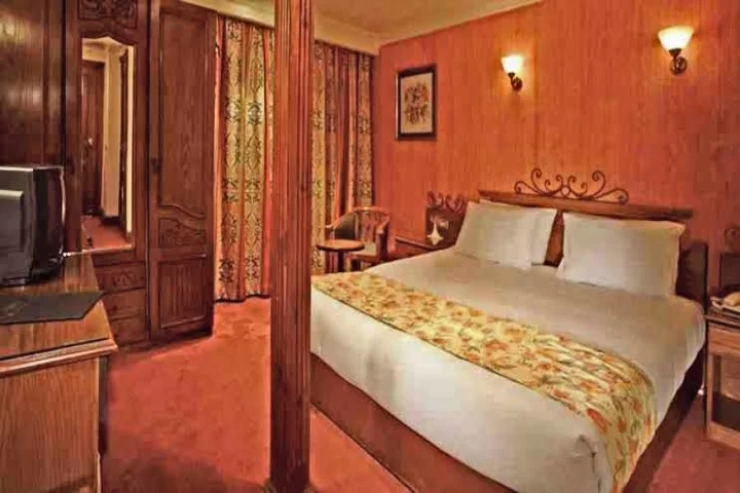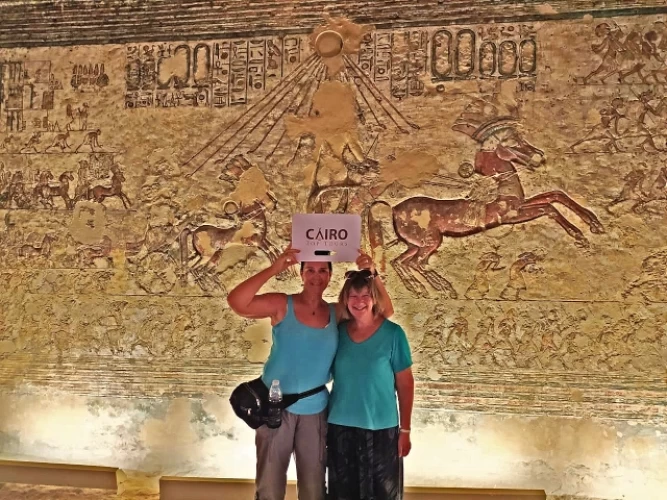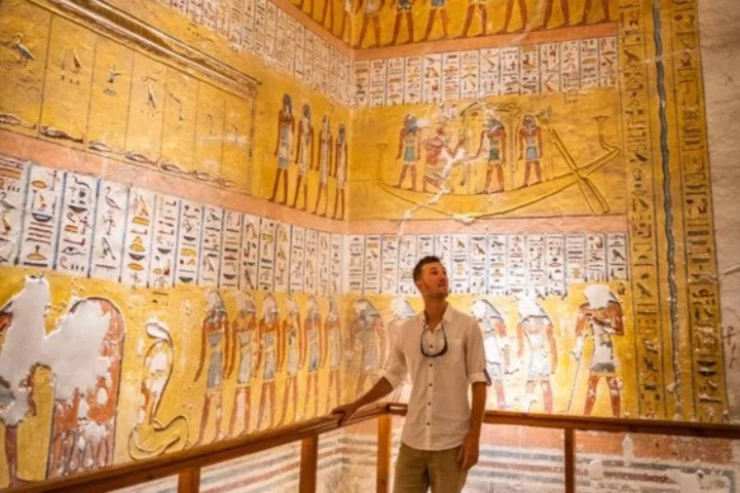
King Amenhotep III
He is considered a learned king, skilled in hieratic and cuneiform writing, assiduous in reading and gifted in mathematics. He also received military training there. When his elder brother Amenemhat died, he was appointed Crown Prince at the age of 8. From then on he accompanied his father in his military expeditions. When he dies, he leaves him a powerful and prosperous Empire that extends from Karai to Naharina (or Nahrina).
Karai is the name given by the Egyptians to the Sudanese region between 5th and 4th cataract, and Naharina is the name for the state of Mitanni and the upper course of the Euphrates. The borders were strengthened and secured, and therefore no military action was expected.
An examination of his mummy by the Australian anatomist and egyptologist Grafton Elliot Smith has concluded that the King was between 40 and 50 years old at the time of his death. Egyptologists are almost unanimous in attributing to him a reign of 37/38 years, with however as usual important differences of dates. His wife, Tiyi I (or Tiy or Tiye or Teje) survived him for at least 12 years, as she is mentioned in several letters from Amarna dated to the reign of her son. She is also depicted at a table with him and the royal family in scenes from the tomb of her parents, Youya (Prophet of Min) and Touya, which were made during the years 9 and 12 of Amenhotep IV.
The long reign of this King will be a period of unprecedented prosperity and artistic splendor. For many, it is during this period that Egypt will reach its peak in terms of art and international power and fame. The proof of this is given by the diplomatic correspondence of the rulers of Assyria, Mitanni, Babylon and Hittite which is kept in the archives of Amarna (Letters of Amarna). These letters are for many requests of these leaders to the Egyptian king, to obtain gold and gifts. They cover a period from the year 30 of Amenhotep III until the end of his son’s reign, Amenhotep IV (or Akhenaten).
The reign of Amenhotep III was relatively quiet and without incident. Like his father, he will prefer to maintain the superiority of Egypt through diplomacy and he will seek to strengthen relations with the powerful Mitanni. Trade agreements were made with Cyprus and a large quota of wood and copper was set that could enter Egypt, which gave the island an exemption from customs duties. The only military activity recorded for this King is a campaign mounted, on the 2nd day of the 3rd month of the season Akhet of year 5, to put down a revolt in Nubia.
Amenhotep III reigned from 1390 to 1352 BC, and was the ninth king of the 18th dynasty (1550-1307 BC).


















